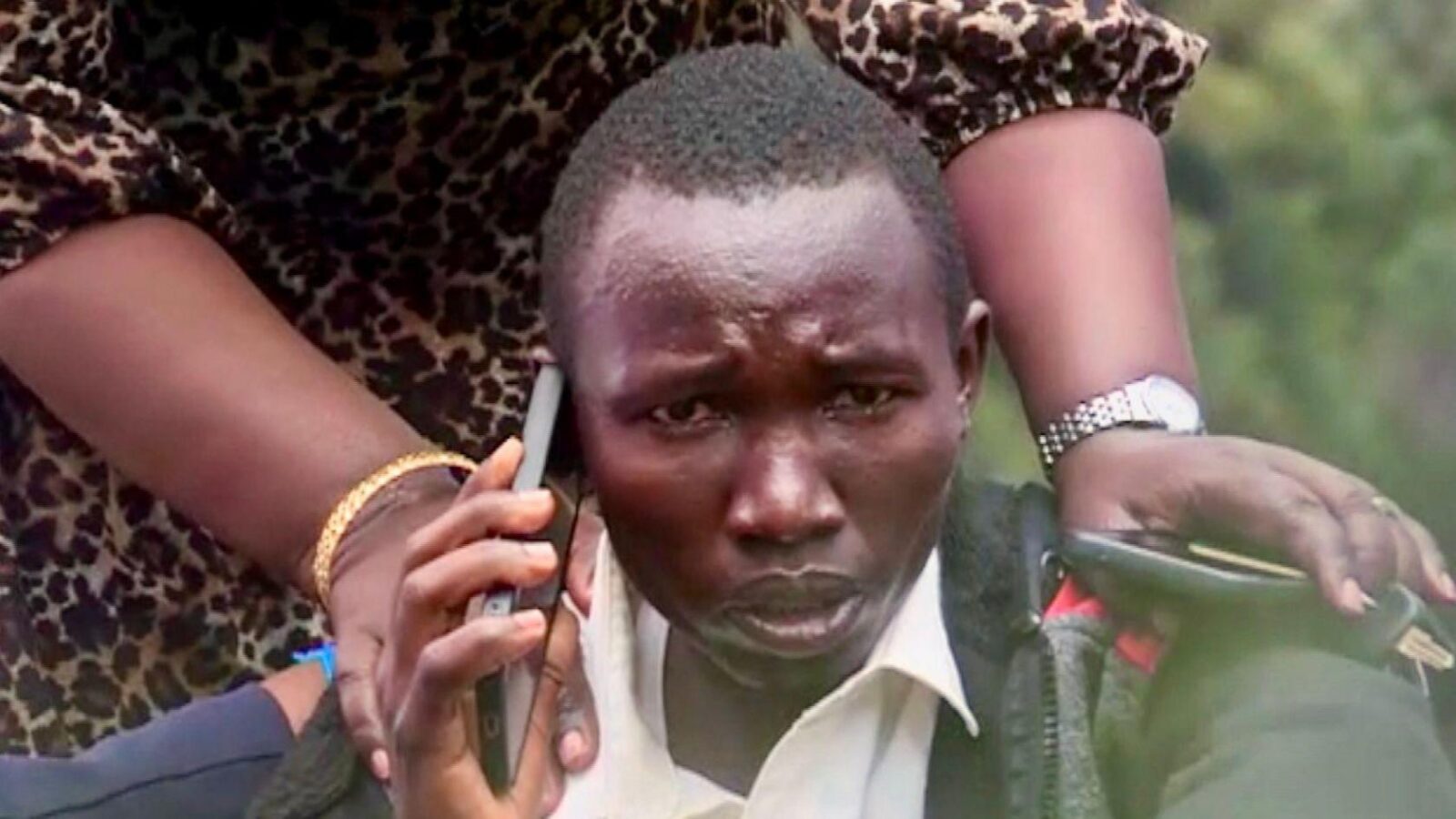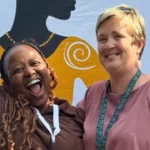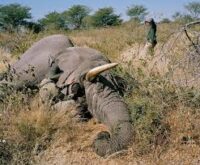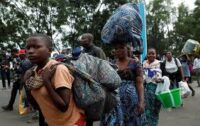A wave of deadly landslides has left deep scars across the mountainous border region between Kenya and Uganda, where more than 40 people have been confirmed dead and dozens remain missing following days of relentless rainfall. The tragedy has triggered grief, panic, and renewed calls for urgent action as communities grapple with the aftermath of one of the region’s most devastating natural disasters in recent years.
For many survivors, the scale of loss is almost impossible to comprehend. “I lost a grandmother, a maternal aunt, an uncle, two sisters, a family friend, and a cousin,” said Felix Kemboi, a 30-year-old resident of Kaptul village on the Kenyan side. “They were staying together when it happened,” he told the BBC, his voice breaking as he tried to describe the horror of watching his home and family swallowed by mud and debris.
The landslides struck without warning, following heavy rains that battered the Kerio Valley region and surrounding areas. In Kenya, two powerful mudslides tore through villages in the Great Rift Valley, killing at least 14 schoolchildren and leaving several families displaced. On the Ugandan side, communities in Kapchorwa, Bukwo, and Kween districts were hit hardest, with 18 people confirmed dead and at least 20 others still missing, according to the Uganda Red Cross Society.
Witnesses recount scenes of terror as mountainsides collapsed under the force of the rain. Helda Narunga Masai, a resident of Kween village in Uganda, described the terrifying moments before her home was destroyed. “We were sleeping at night when we heard a huge sound,” she said. “The neighbours came running, shouting, ‘Wake up! The mountain is coming!’ My niece and brother died. We couldn’t save them.”
Now homeless, Helda is sheltering with a neighbour while local volunteers and Red Cross teams continue to dig through heaps of mud with basic tools in search of survivors. Mande David Kapcheronge, a community leader in Kapchorwa, told reporters that the rescue efforts are being hampered by difficult terrain and the lack of proper equipment. “We are using hoes, spades, and our hands. It’s heartbreaking work,” he said.
Officials in both countries have warned that the disaster is not over yet. Kenyan Interior Minister Kipchumba Murkomen cautioned that continued rainfall could trigger further landslides in the coming days. “As heavy rainfall continues to be experienced across several parts of the country, the risk of landslides, especially along the Kerio Valley region, is heightened,” he said. Murkomen added that local authorities are moving at-risk families to higher ground to prevent more loss of life.
The Ugandan government has announced financial support for affected families, offering 5 million shillings ($1,300) to the bereaved and 1 million shillings ($260) to survivors. In contrast, the Kenyan government has yet to release an official compensation plan, though humanitarian aid groups and local volunteers have begun mobilizing relief efforts.
Experts have repeatedly warned that both Kenya and Uganda’s highland regions are highly prone to landslides due to deforestation, unregulated farming, and human settlements on unstable slopes. Despite these warnings, many families continue to live and farm in high-risk zones because of limited access to safer land. In 2010, Uganda experienced one of its worst disasters when a massive landslide in Bududa killed around 300 people, underscoring the vulnerability of the region.
Environmental scientists say climate change is also intensifying the frequency and severity of such disasters. With rainfall patterns becoming more erratic, East Africa has witnessed a rise in deadly floods and landslides that have displaced thousands over the past decade.
The Uganda Red Cross and Kenya’s disaster response units have called for urgent reinforcement of early warning systems, improved infrastructure, and reforestation efforts to mitigate future tragedies. “These deaths are preventable,” one Red Cross official said. “We need long-term strategies, not just emergency reactions.”
As rescue and recovery operations continue, the people of these mountain communities face an uncertain future. Entire families have been wiped out, homes flattened, and livelihoods destroyed. For many survivors like Felix and Helda, the grief is compounded by the realization that nature’s wrath may strike again at any moment.
Still, amid the devastation, stories of resilience emerge—neighbours sheltering displaced families, volunteers digging through dangerous terrain, and communities rallying together to rebuild. The tragedy along the Kenya–Uganda border is a painful reminder of the fragile balance between humans and nature, and the urgent need for stronger disaster preparedness across Africa’s most vulnerable regions.














Leave a comment